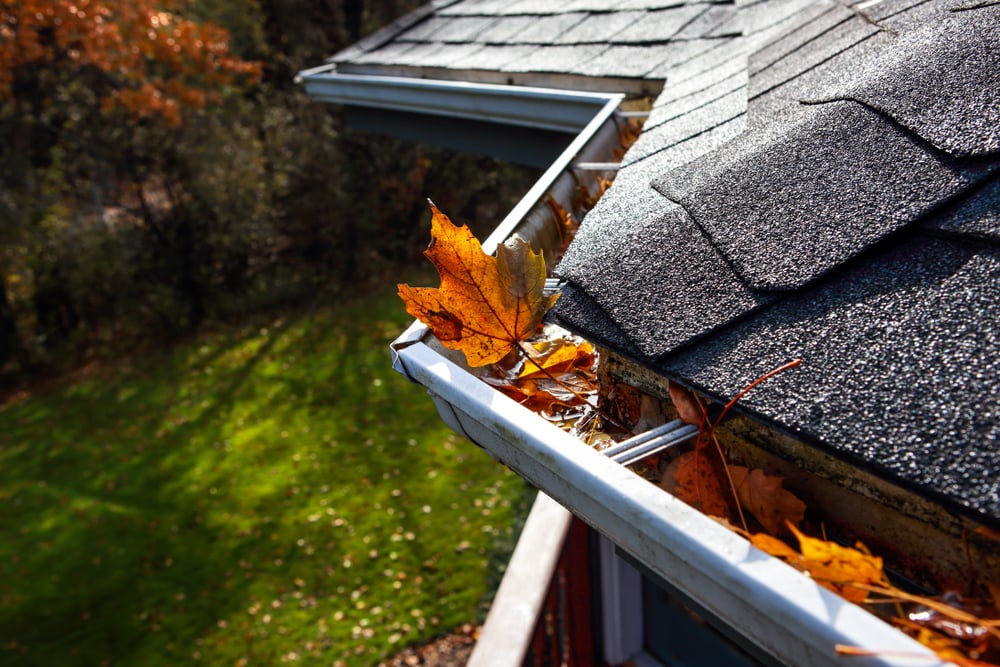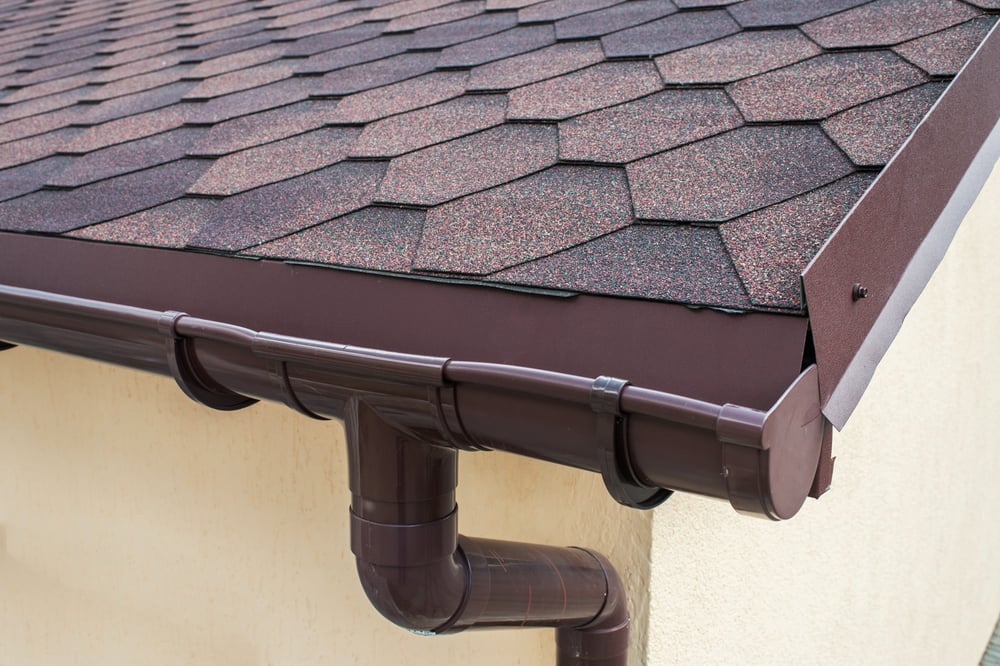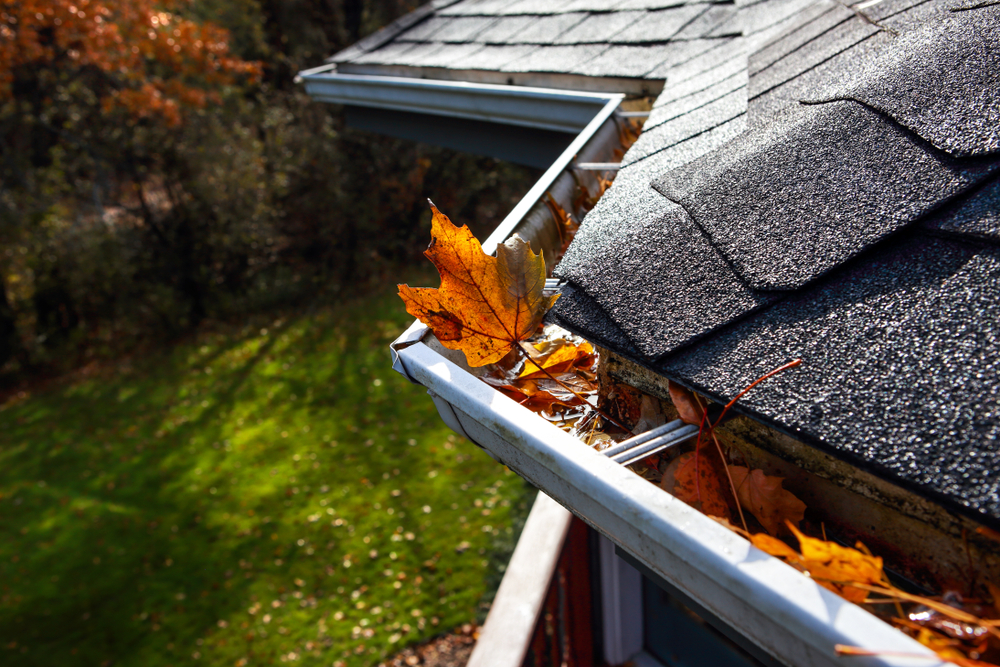
The gutters make a home’s exterior look more finished and appealing, but their role goes far beyond that. They are created to catch rainwater and deviate it from your property to prevent erosion and water damage. However, their effectiveness greatly depends on the specific design, size, and materials. The market is chock-full of options, but you need to understand which ones work best for your home. Your climate and the regular amount of precipitation are the main factors you should be guided by when selecting the ideal gutter system.
The USA has multiple climate zones, from tropical to temperate to polar. And they all present different challenges regarding water runoff, temperature variations, and debris accumulation that affect the gutter performance. If shelling out on constant home repairs or guttering services doesn’t speak to you, it is vital to know how to choose the most befitting gutter material and design for your region. Keep reading to find that out.
Guttering in Cold Climates
In North Dakota, Montana, or Idaho, the biggest challenges for a gutter system are the heavy snowfall and freezing temperatures, resulting in ice dam formation. The latter usually forms at the edge of a housetop, resembling a ridge. Once the temperature decreases and the snow melts, gutters can overflow as ice dams block the water runoff. As a result, the whole system is under immense pressure as it is not designed to withstand such weight. You may notice that gutters have torn away from the house, causing significant damage to the building façade. On top of that, water can leak into the home, causing damage to your property structure, from ceiling to foundation.
If you don’t want to waste your time and money handling guttering issues that cold climate zones pose, you should go for a gutter system made of durable materials like steel or copper. These variants are resistant to freezing temperatures and can endure the weight and pressure of snow and ice. Plus, you can search for gutter companies near you that can install a state-of-the-art system equipped with built-in heating elements to ward off ice dams.
Guttering in Hot and Arid Climates
Arizona, New Mexico, Nevada, and Utah residents face an entirely different set of challenges as their gutter systems have to withstand torrid weather conditions. Extreme heat and high-intensity sunlight streamline the deterioration of the material, so you may have to deal with frequent repairs and replacement if not well-maintained. And large volumes of sand, leaves, and other debris can cause unremitting gutter blockages. Thus, occasional heavy downpours can be enough to deal a nasty blow to your property as water can’t flow down and away from the house. It’s not to mention that strong winds peculiar to such climates may also damage the gutter system by ripping it off from the building or damaging it.
Given these conditions, you need to install a gutter system made of durable and UV-resistant materials like aluminum or copper. They can withstand prolonged sun exposure and wind forces. You can also reinforce the system by equipping it with gutter screens and guards to minimize debris buildup. Scheduling regular cleaning with professional gutter contractors can make for a stunning preventive measure, too.
Guttering in Tropical Climates

For Hawaii, California, and the Sunshine State, it’s common to deal with heavy and frequent precipitation. Hence, the gutter system needs to handle excessive amounts of water. If it’s not appropriately sized, overflow is guaranteed. Moreover, such climates are usually replete with vegetation, so the risk of leaf and debris buildup in the gutters is exceptionally high.
If you have to pull out all the stops to maintain the functionality of your drainage system, chances are that your gutters don’t match the climate. To make a difference, you need to install more oversized options with higher capacity for water runoff and consider downspouts.
Regarding gutter materials, it’s worth investing in high-quality, rust-resistant options like stainless steel or aluminum. And if trees surround your property, leaf guards are a must. They can reduce the frequency of cleanings while keeping the gutters unclogged.
How to Select the Ideal Gutters for Your Home?
Whether you are about to replace your current gutter system or install your first one from scratch, it’s crucial to choose the ideal one. After all, it has to ensure optimal function and alignment with your home’s aesthetics. Here are a few steps you can follow for a more informed decision:
Measure your housetop size and pitch. It can be easier to determine the appropriate size of the gutters and the amount of water they need to handle. While standard homes can be good with 5-inch gutters, steeper roofs may require 6-inch ones.
Choose the right material. Steel and copper gutters are considered the premium options as they are more eye-catching, durable, and expensive. Vinyl is a cheap alternative but can hardly withstand low temperatures or extreme heat. Aluminum makes for a middle ground in terms of cost-effectiveness and longevity.
Consider the gutter style. K-style and half-round are the most popular options on the market. The first one can accommodate more water, but the latter fits better in older, historic homes.
If you have any doubts about the right gutters for your region, it is worth consulting with a local pro, as they can provide valuable insights based on their expertise. Not only can poor-selected gutters put a damper on your home’s curb appeal, but they can also become a culprit of its structural damage.
Final Thoughts
Understanding your region’s climate and environmental challenges can influence the gutters’ choice and maintenance schedules. With the right option, you can prevent architectural damage and ensure your guttering system’s uncompromising functionality and longevity. The only thing here is that it’s worth hiring knowledgeable, qualified contractors for installation and routine maintenance. They have everything it takes – license, experience, and equipment – to guarantee the perfect result. Otherwise, multiple issues may occur down the road.
Interesting Related Article: “Transforming Your Home with America’s Advantage Remodeling“









